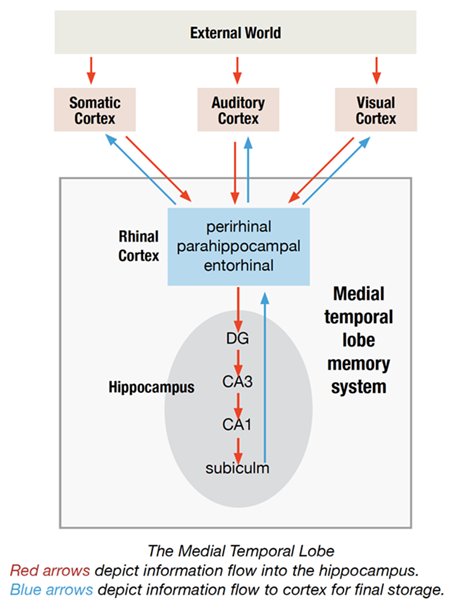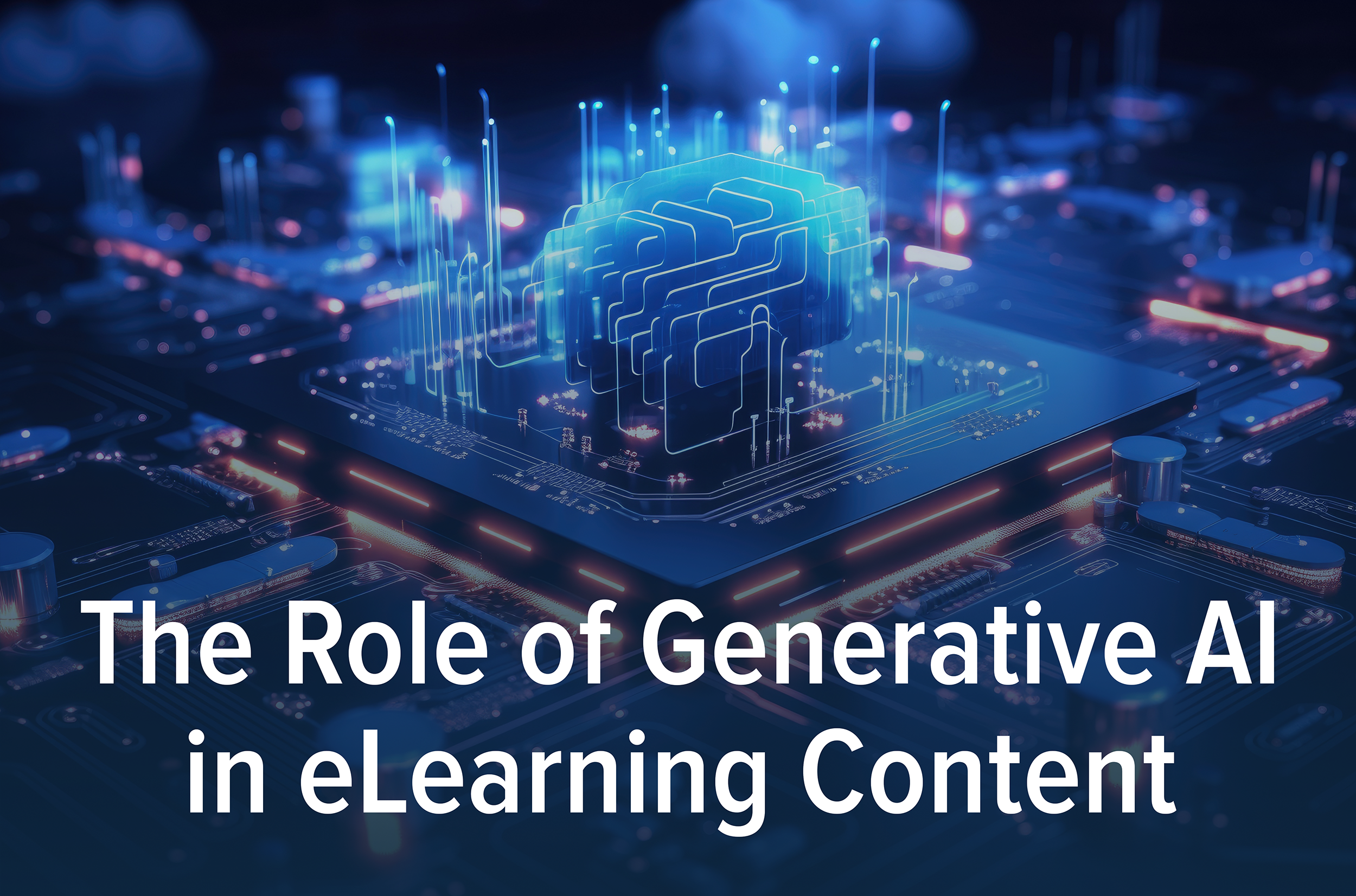This blog is the second of six installments in the “Learning and Memory” series that investigates the science behind learning. Each blog is a bite-sized version of articles written by Amplifire’s chief research officer, Charles Smith. To read the full article, follow the link to “A Brain That Learns About the World.”
Have you ever wondered how it is possible to convert and store information within the human body? Humans have understood the brain to be the center of knowledge for some time, yet understanding the intricacies of how the brain works has been a work in progress.
By the 1950’s, psychologists and neurobiologists were beginning to work out where memories are stored in the brain. They considered how areas of the brain might be specialized for storage, as they were for processing. Dr. Brenda Milner is credited with making many discoveries about memories by studying an epilepsy patient named Henry Molaison. The unfortunate consequence of Molaison’s epilepsy relief surgery was the inability to create new memories, attributed to the removal of both temporal lobes.
Research like Dr. Milner’s offers a window into our minds. By gaining a better understanding of the physical journey of information in the brain, we can better understand how memories stick. While many external and emotional factors affect what we do and do not learn, it is also the brain’s wiring and structure itself that affects the way we learn, too.
How the brain is wired
The mechanism of information processing has to do with extensively interconnected neurons — up to one thousand trillion connections, to put a number on it. By themselves, neurons don’t do much. The magic of a nervous system lies in the connections and most of the connections form integrated units called circuits.
The process of circuit building begins during fetal development in the womb. DNA builds and directs neurons to spread out from discrete starting locations on pre-built scaffolds. Formed neurons seek out connections by sending axons to make synaptic contact with other neurons. The resulting neural pattern is the basic structure of the working brain — an assembly of circuits ready to experience the world and, in turn, be further shaped by that experience.
Brain “wiring” is formed by DNA instruction, as described above, but it is also influenced by external interactions through a process called Hebbian plasticity. As humans interact with the world, information forms pathways via neural circuits. Some pathways are used more than others. These grow strong. The pathways that are rarely used do not serve a purpose for us, and are subsequently “pruned,” or killed off by the body. The process is remarkably Darwinian and is called neural selection— only the strongest neurons and synapses are selected for survival.
Brain geography
Pierre Broca working in France in 1861 is the first researcher to show the localization of a function in the brain. Broca’s specialty was speech disorders, and he was determined to discover the areas of the brain that allow human beings to construct and understand language. This discovery excited the world of psychology, leading other researchers to expand upon his conclusions to unlock more information about brain function.
As we now understand, the human cortex can be divided into four general regions, or lobes, that are each tasked with specific jobs:
- The occipital lobe handles vision because the eye’s retina sends one million fibers from the optic nerve directly to it.
- The parietal lobe keeps track of position via inputs from tactile and vision processing regions. It moderates spatial information perceived through the senses.
- The frontal lobe is responsible for planning and decision making. Inputs from other brain regions enter this area, giving humans the ability to juggle multiple streams of data.
- The temporal lobe is involved in sensory processing and memory. Experiences, faces, places, and facts about the world are stored here for weeks to years before being transferred to other regions of the cortex for final storage.
Every sensation flowing into the cortex passes through an array of regions that process the information in their own way – meaning the interaction between lobes is more intricate than it may appear.

A memory’s journey
When different types of information enter the brain through the senses, it is first processed by the sensory specialists in the cortex. For example, the lower cortical regions are responsible for vision processing. From there, sensory signals are brought together into the medial temporal lobe at the rhinal cortex. The information processed here is declarative memories and can be both episodic, concerning the events of one’s life, or they can be semantic, about facts.
The rhinal area blends components of events – sights, sounds, tastes, and textures – into a unified experience and passes it to the hippocampus for storage. If the brain didn’t have this capability, an experience would seem fragmented into different sensory components. The hippocampus then receives inputs from the convergence zones of the rhinal areas.
Based on neuro-anatomical tests, researchers have determined that the hippocampus is not a memory’s final destination. Rather, memories are dispersed throughout the brain, with traces often landing in the structures that initially processed them. For example, sights involved in an experience are ultimately stored in visual cortex, while sounds are encoded in auditory cortex.

Interested in diving deeper into this subject? Check out the full research article “A Brain That Learns About the World” for more cognitive science discoveries, theories, and scenarios. Next in the series, we’ll go even deeper into brain function by homing in on the neuron and how our wiring affects the way we perceive the world.
From the beginning, Amplifire has relied on innovative brain science to guide its product development to create the most effective learning and training solution, perfectly tailored to the way the human brain works. Learn more about how Amplifire helps people learn better and faster by scheduling a demo.



